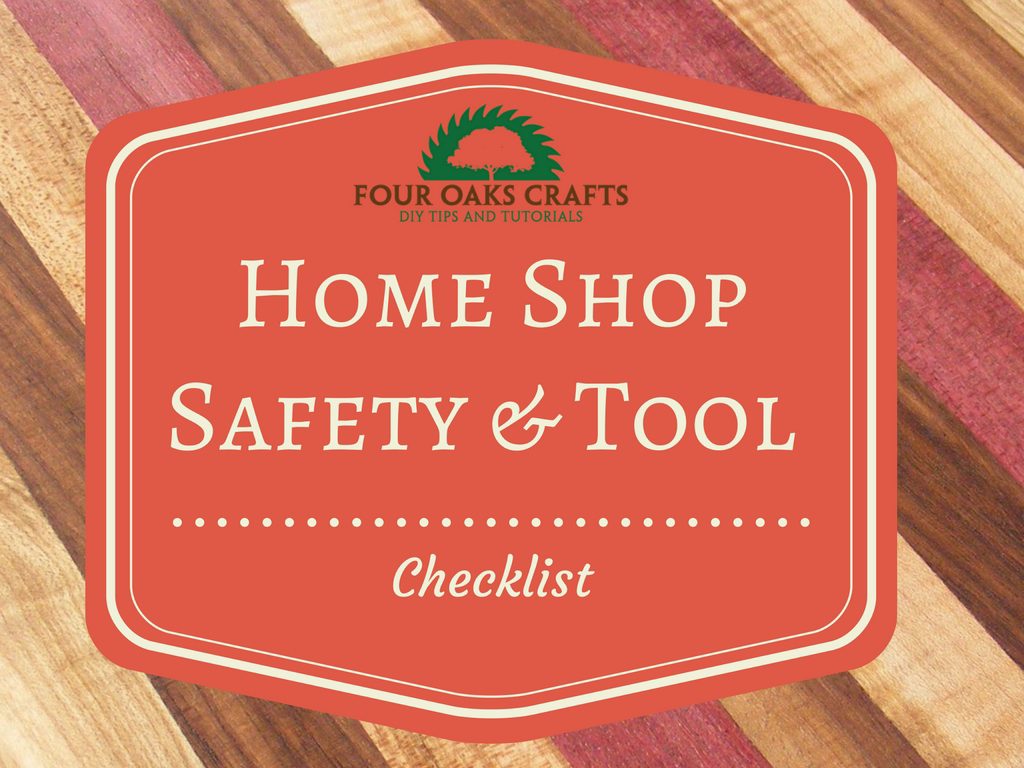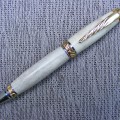Perhaps you’re new to woodturning or Santa recently left you a new lathe under your Christmas tree. Woodturning provides hours and hours of pleasure and satifaction. But let’s not overlook some of the dangers of using this innocent-looking, yet powerful spinning machine. In this article, I will give you some safety tips for the wood lathe. Follow these tips and this amazing hobby will continue to reward you the rest of your life.
- Get some training. This could be as simple as getting your woodworking buddy to come over and show you how to properly operate a lathe, to watching a few online videos. Better yet, attend some classes offered by a local craft store or woodturning club. Woodturning clubs are located all over the country and are usually filled with people willing to teach you the craft.
- Make sure your shop’s kid proof. Remove starter keys, unplug power tools, and/or use guards to block electrical outlets or switches. Store hazardous chemicals out of reach. Secure sharp tools like your lathe chisels.
- Remove wrenches and adjusting keys. Get into the habit of checking to make sure all adjusting keys or tools are removed before turning on the lathe. It’s also a good idea to spin the lathe with your hands first before you turn it on.
- Wear eye protection. I highly recommend a faceshield to protect your whole face. At a minimum you need to wear ANSI approve safety glasses. You never know if a piece of your stock will fly off and hit you in the face or eye. But if the whole piece were to come off, it could damage more than just your eyes.
- Keep your work area clutter free. A messy work area can contribute to accidents and it breeds inefficiency.
- Secure clothing and jewelry. Make sure you’re not wearing any loose clothing or anything that could dangle from you and get caught up in the spinning lathe. Tie up long hair, remove necklesses or lanyards. Don’t wear gloves. I recommend removing rings or any jewelry since it could potentially catch on something. Don’t forget camera straps especially if you photograph something spinning on the lathe.
- Safely secure your workpiece to the lathe. Understand how to best secure the wood on the lathe for the project at hand. Again, this goes back to training and understanding the capabilities of the hardware and potential hazards. Assess the diameter of your stock and run the lathe at a recommended RPM (revolutions per minute). With variable speed lathes, start at a lower RPM and work your way up, checking to see if your workpiece is seated and aligned properly. Also, check and make sure everything is locked tight on your lathe — chucks, tailstock, tool rest, etc. Avoid using stock that has significant cracks or knots.
- Keep your tools sharp. It’s always harder to work safely with dull tools. Sharp tools translate into smoother and usually easier turning. Find a system or method that makes it easy to keep your chisels sharp. It doesn’t take much.
- Maintain positive control of your turning tool at all times. Present your specific turning tool correctly to the workpiece being turned. This goes back to proper training. The danger here is having your chisel catch in the wood in a hazardous way or big chunks of wood coming off the lathe. We’re all sometimes guilty of being more aggressive than the wood allows. Bigger workpieces can have more momentum and create a greater force on your tools than smaller pieces. For large projects like bowls, it’s a good idea to stand off to the side of the wood rather than directly in the plane it’s spinning.
- Inspect your turning tools. Periodically check your turning tools. These chisels are subject to a lot of strong forces over time. Look at your handles and make sure they are in good shape. If you notice cracks, you may want to go ahead and retire the chisel or replace the handle.
- Watch hands and fingers. Be aware of all potential pinch points. Probably the biggest one being between the workpiece and the tool rest. See that your tool rest is locked down and properly positioned relative to the piece being worked.
- Dust protection. Dust is definitely not good for your lungs and long-term health. I recommend getting a dust mask that you can wear under your faceshield and doesn’t create a lot of fogging. You can check out this article I wrote that reviews a few dust masks. If you can afford it, go ahead and buy a dust collector which will suck the dust away as you work.
- Hearing protection. If you run the lathe and a dust collector for significant periods of time, you probably need some kind of hearing protection. It may not show up immediately, but constant exposure to high noise levels could eventually reduce your hearing or create ringing of the ears. I have some ringing of the ears at 48, and that’s probably from shooting guns in my earlier years without hearing protection.
- Periodically inspect your cords supplying your lathe. The shop can be an unforgiving environment, so check your cords to make sure there’s no fraying or exposed conductors. Make proper repairs if you find something wrong. Also, make sure you are using extension cords with adequate current capacity.
- Apply finishes safely. Read the directions on all finishing products. Understand the affects it can have on your skin or health. I recommend wearing nitrile gloves when applying CA or other finishes. Also, use an applicator that won’t adhere to the workpiece and then get caught up in the spinning lathe. Many people tend to use paper towel products since they easily tear away. Also don’t forget to wear eye protection, particularly when applying a finish on a piece that’s spinning.
Well, I believe I’ve covered the major safety tips for the wood lathe, but there are probably more. Always read the manual that comes with your specific lathe so you understand how to operate your lathe safely and efficiently. If you bought the lathe used with no manual, you can probably find it online with a few Google searches.
Want to learn a ton more safety tips for the shop? Use the form below to enter you email address, and I’ll send you my comprehensive Home Shop Safety and Tool Checklist.

Are you starting up a new shop? Want to work safer in your shop? To help you answer these questions I've put together a 2-part checklist -- Home Shop Safety & Tool Checklist.
I will also send you updates of my latest woodworking and DIY projects. You can get all this by subscribing to my free email newsletter.







Woodworking operations can be hazardous, particularly when machines are used improperly or without proper safeguards. These safety tips helped me enjoy woodworking without being afraid of injuring myself. Thank you!
Thanks, Gary! I’m glad these tips were helpful. It’s so hard to pinpoint all safeguards. Which is why I recommend folks get proper training and make sure they read the safety instructions that come with their specific equipment. Thanks for the comment!